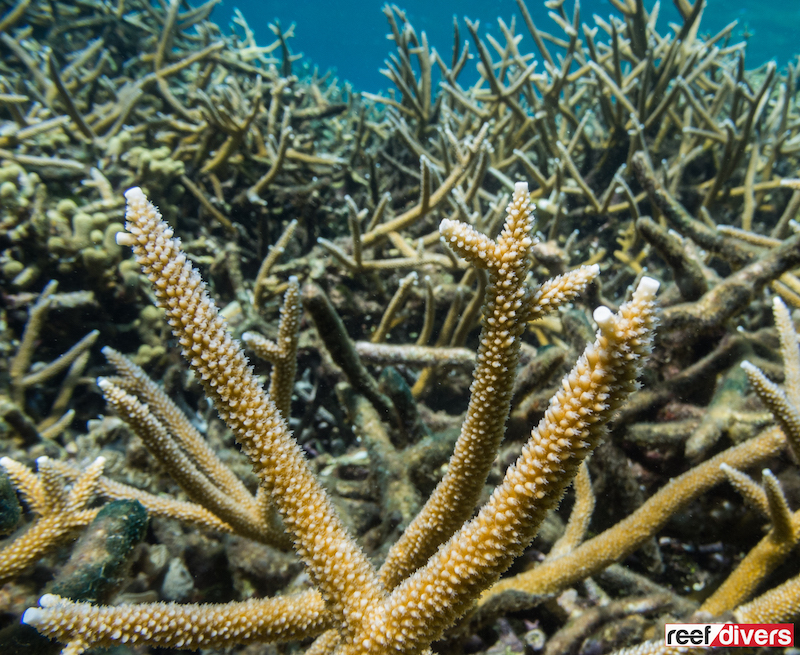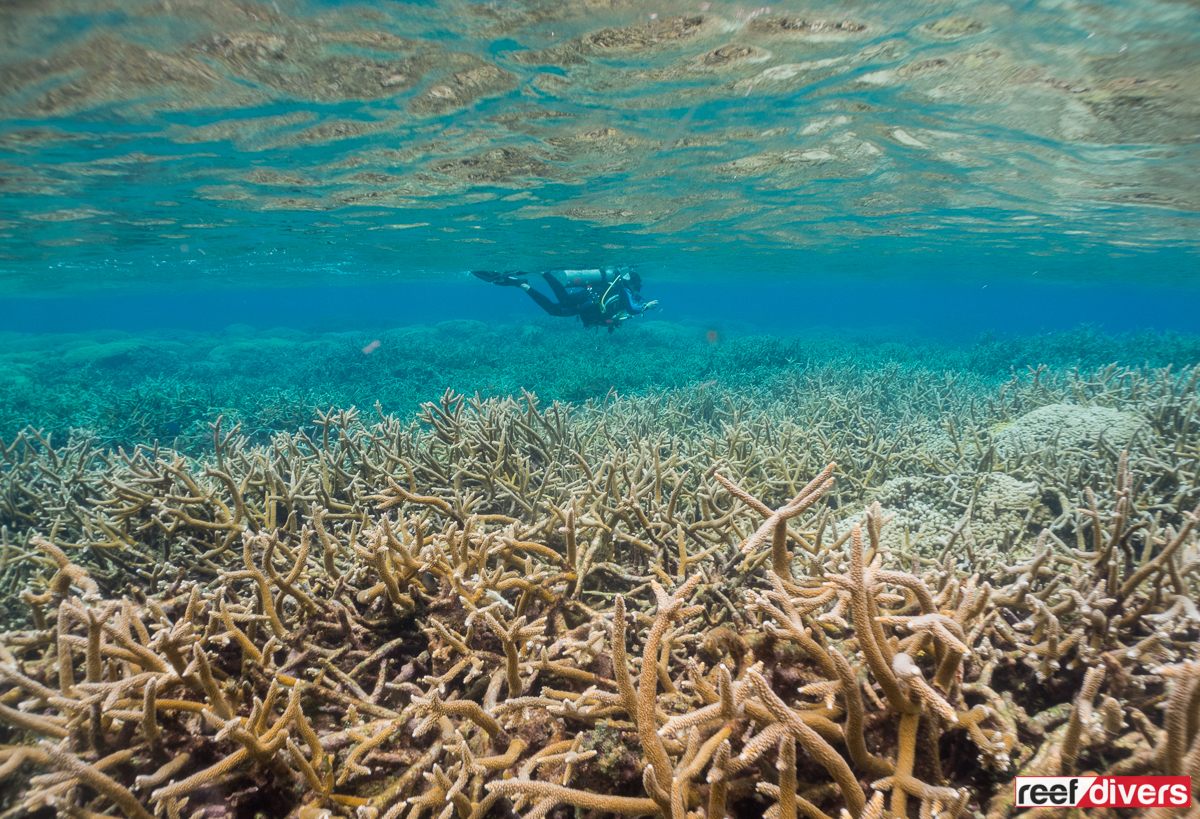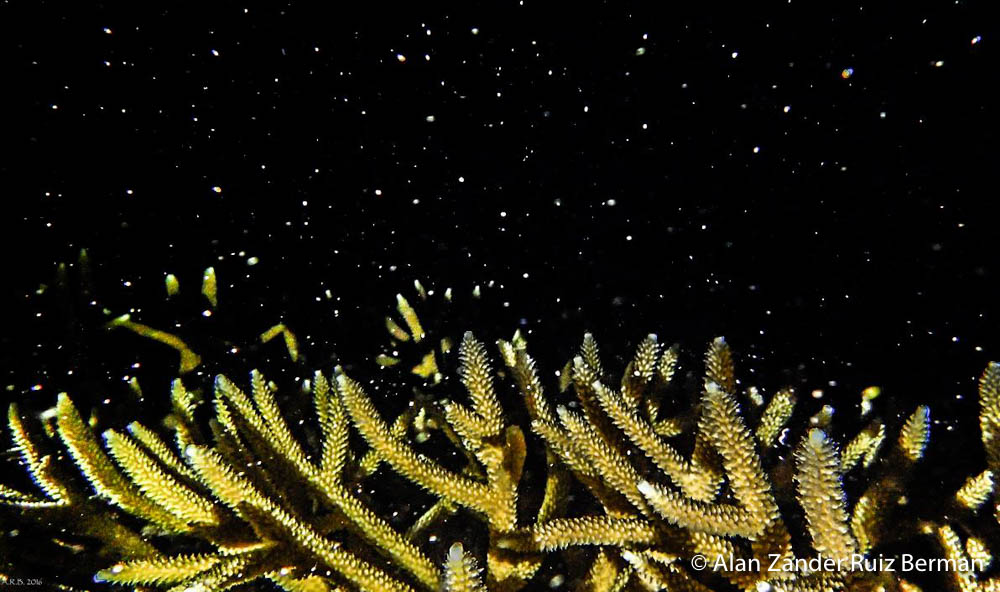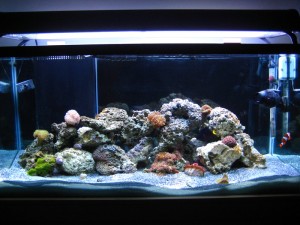Acropora cervicornis
Acropora cervicornis is an iconic Caribbean coral and one every scuba diver should know how to identify. In the Caribbean, there are three species of Acropora which are essential for creating complex habitats and buffering the coastline.
Acropora cervicornis grows into cylindrical branches with a large corallite at the tip of each branch. This corallite is called the axial corallite and is a key feature which distinguished Acropora from other corals.
Staghorn Coral
Pointed branches of Acropora cervicornis rise from the reef like antlers and the common name for this corals is the Staghorn Coral. As the colony grows the staghorn branches create a three-dimensional lattice where baby fish can easily hide and avoid larger predators.
In the images of Acropora coral from Cordelia Banks you can see a fortress of staghorn corals with very few fish swimming in the water. This is because the reef is much larger than meets the eye. The top 30 cm (12 inches) or so of the reef is living coral tissue, but below is a labyrinth of old branches several meters thick.
This is the power of Acropora cervicornis. It is the only Caribbean species which grow into sturdy branches capable of creating this complex habitat. But while the branches are strong they are not impenetrable and can be damaged by heavy anchors, storms, and stray fin kick.
Colonies can grow quite large with branches up to two meters (6 feet) in length with a diameter up to 8cm (3 inches). Healthy stands of Acropora can contain hundreds of colonies which grow into fields. Acropora prefers the upper sundrenched limits of the reef in an area with moderate to high flow.

Conservation
Sadly Acropora cervicornis is listed as critically endangered, and over the past 30 years, Caribbean reefs have seen a significant reduction in the population. Acropora cervicornis is susceptible to disease and climate change in particular coral bleaching. Since the 1980’s there has been an 80-98% loss of individuals in parts of the Caribbean. Yet there is still hope for this species.
Acropora cervicornis grows relatively quick with 8cm (3 inch) fragments doubling in size within a year, if not more. Branches of Acropora corals can be fragmented and left in a nursery to grow, and after healing and reaching the desired size can be transplanted back to the reef.
After several years of monitoring, out planted fragments can start to spawn and re-seed local reefs. The goal of any coral restoration project should be to restore enough corals in a suitable habitat that they are able to repopulate the surrounding reefs through spawning.





